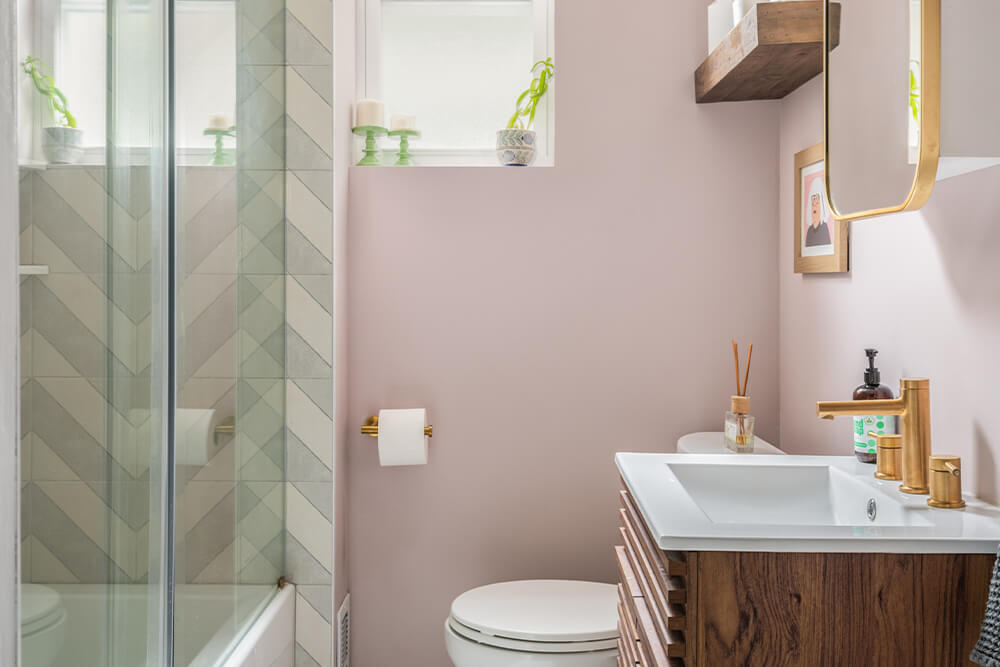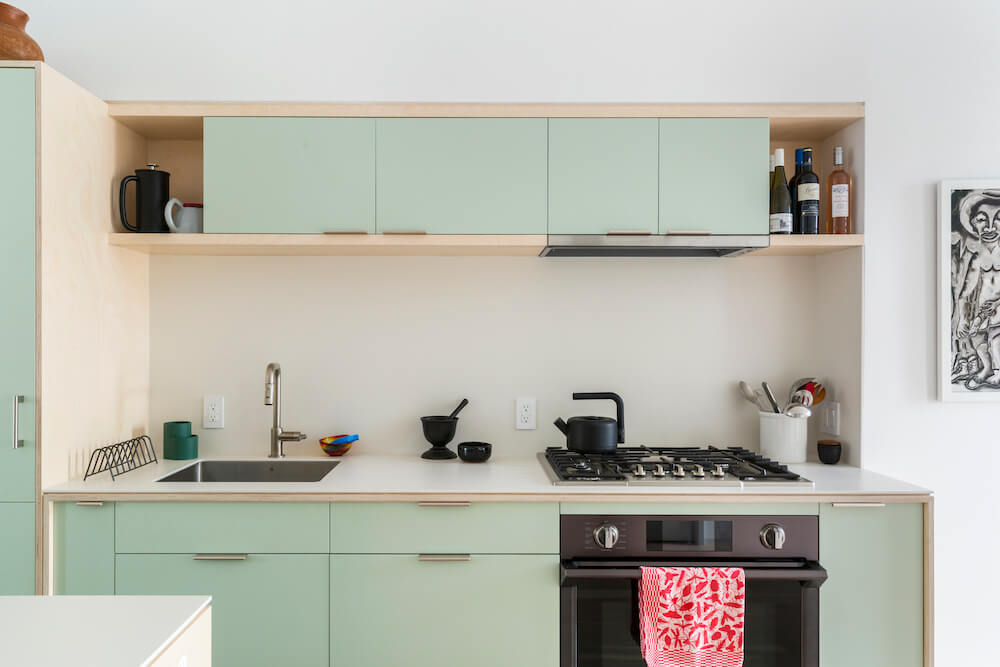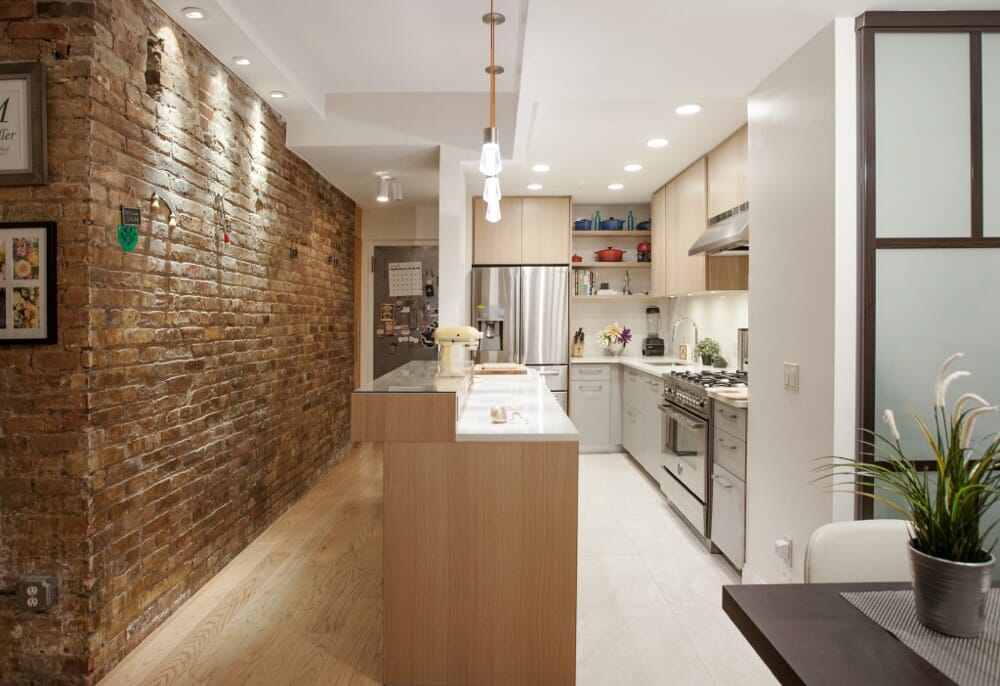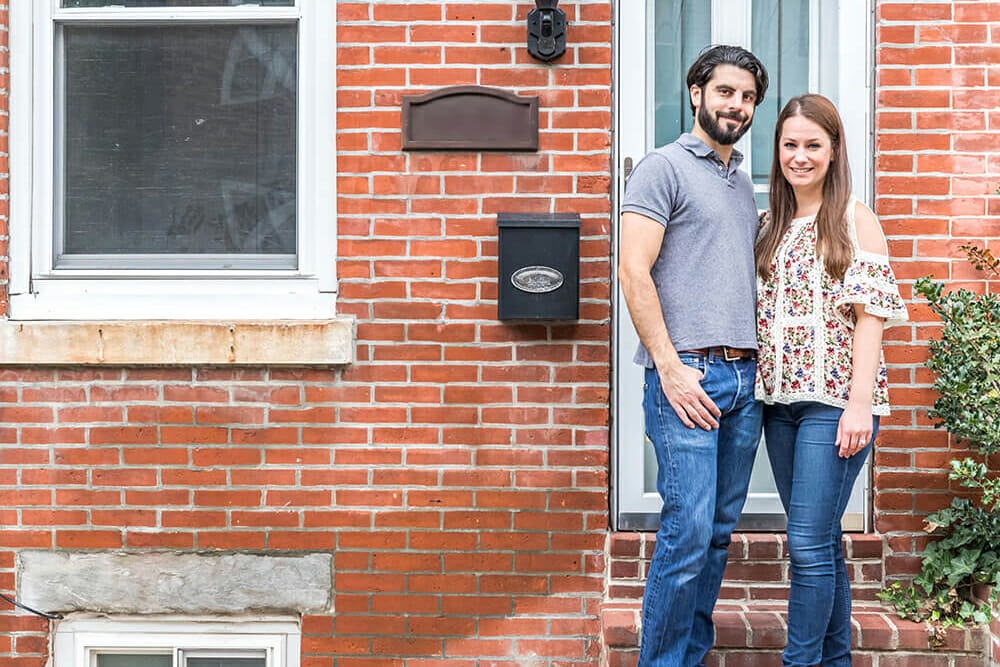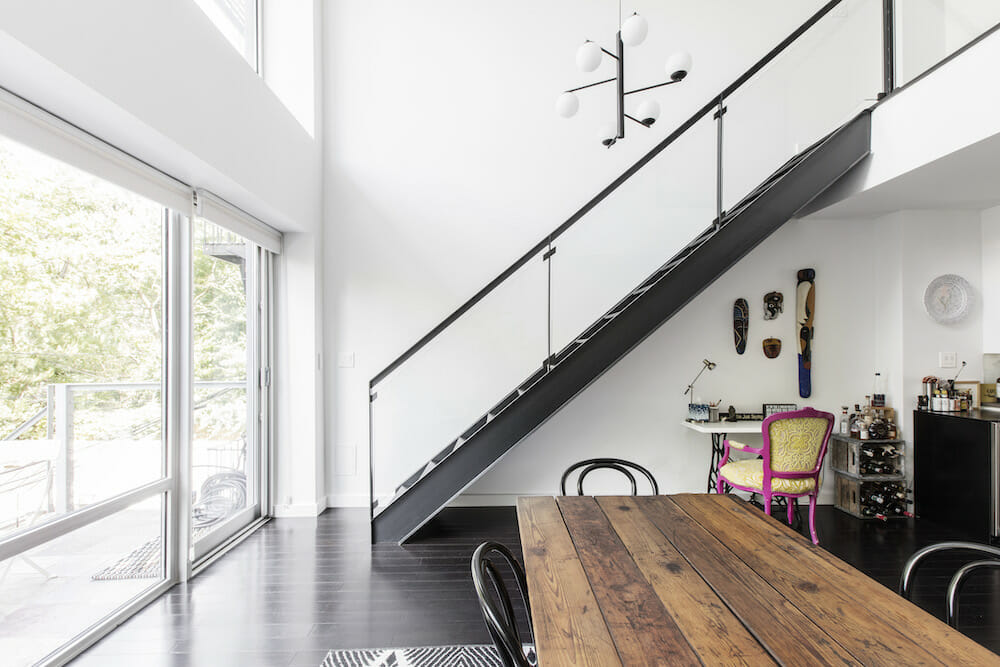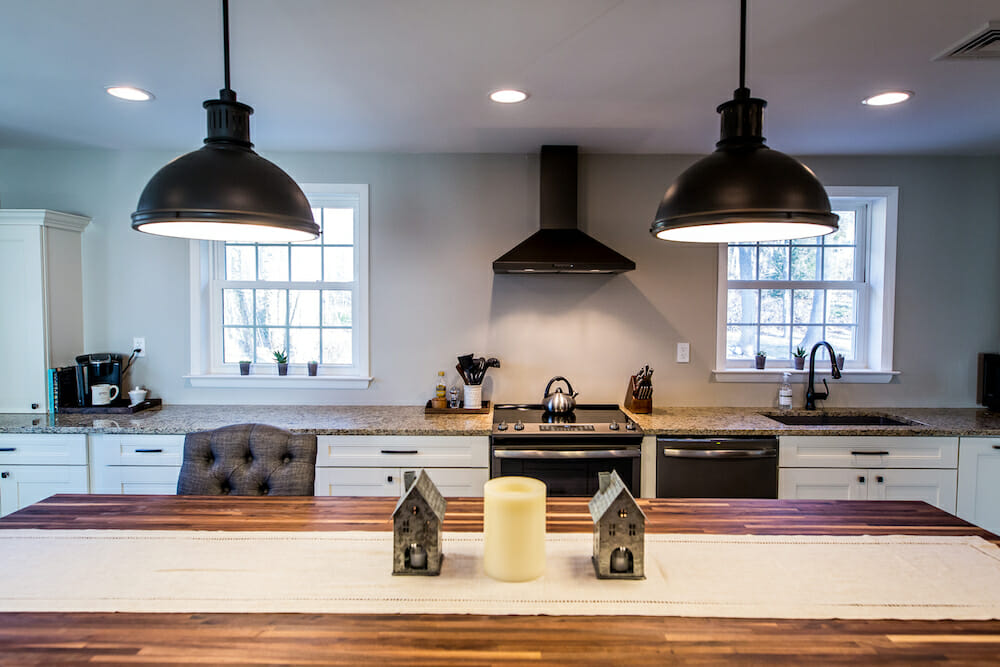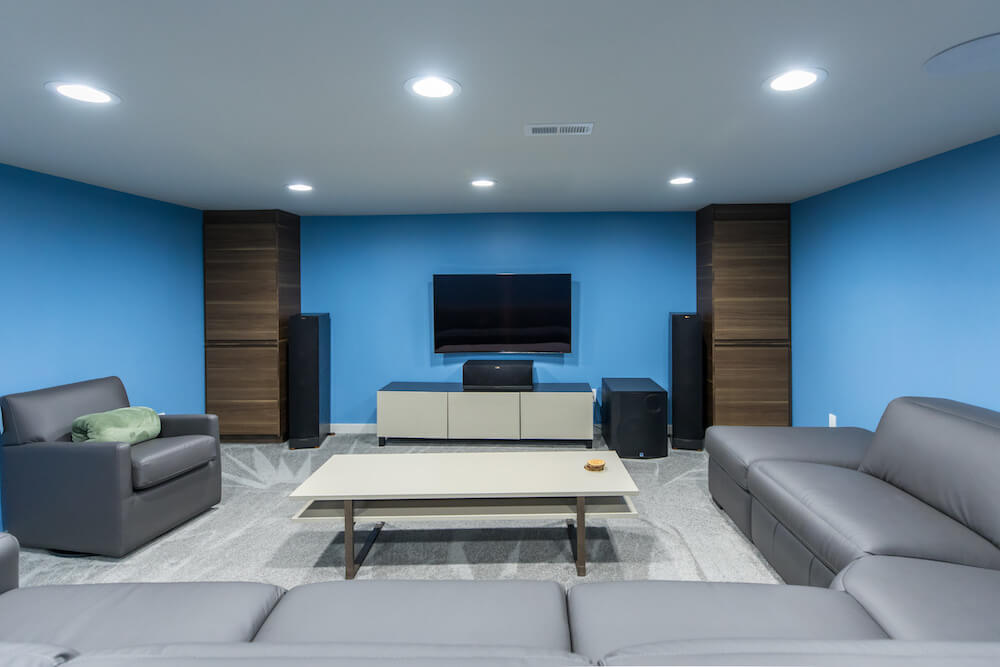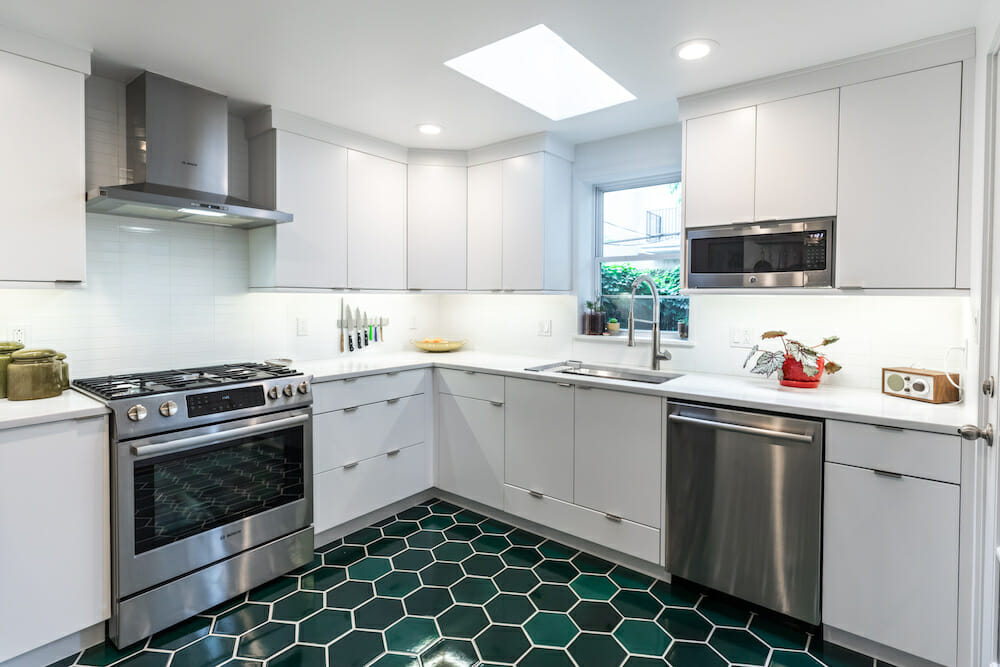Does Your Philly Home Renovation Involve a Staircase?
Should you take on a staircase remodel or build new stairs in your Philadelphia-area home?
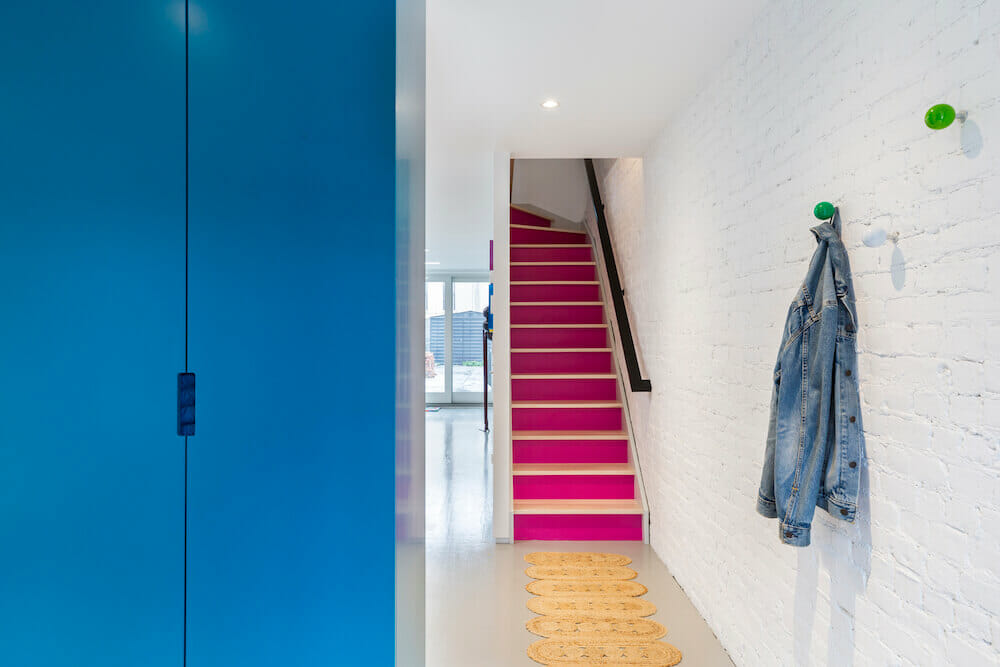
Evaluating your stair needs
Whether your remodel involves a staircase from a 1780 Philadelphia trinity, a colonial rowhouse, or a suburban home from the 1980s, chances are the staircase you currently have won’t meet today’s building codes. This means that building around and refurbishing what you have may well be the most efficient on the budget, design, and logistics of your project.
However, safety and modernization may require the creation of a new set of stairs. Read about codes, structural work, permits, and refurbishing vs. new builds for a staircase remodel in Philadephia with advice from local Sweeten general contractors.
What do building codes say about new staircases?
Generally, the older the building is, the steeper the staircase will be. Staircases built before the 1950s often have a tread of about nine inches with a nine-inch rise. As a result, the vertical and horizontal pieces are evenly sized.
The current International Code Council (used by the City of Philadelphia and many surrounding municipalities) now calls for more tread and less height: requiring a 10.5-inch tread with a maximum rise of 7.75 inches. The code also requires a minimum width of 36 inches, expanding older conventions where a staircase might be as slim as 26 inches. The trick here is that old construction is grandfathered in and doesn’t run afoul of the code, unless you decide to replace what’s there. Sweeten brings homeowners an exceptional renovation experience by personally matching trusted general contractors to your project, while offering expert guidance and support—at no cost to you. Renovate to live, Sweeten to thrive!
Winder stairs code
Staircases that wind around corners can also be problematic. In its historical guide to rowhouses, the City’s planning commission refers to these as “winders,” where stairs spiral out from a single point. Because of poor safety—walking down is difficult—adding “winders” is now illegal in major renovations and new construction. So, you can keep any existing, older winder staircases; but replacing them brings new requirements that might be challenging to fit in the house’s dimensions.
How a new staircase can affect your floor plan
If you want to replace a staircase, you must meet current codes. In older homes, this causes problems. As the code calls for a longer tread and a lower rise, a new staircase typically needs to be longer to reach between floors, and will overshoot the current length. In homes with a small footprint, new staircase dimensions can end up awkwardly jutting out against a wall or door. In some cases, you can add a slight turn to the new staircase design to minimize length. Additionally, you may be able to elevate some of the overhead floor to accommodate the additional length, but in many cases, refurbishing what you have will be the least invasive solution.
Structural work and permits needed for a new staircase build
Constructing a new staircase requires building permits and your plans will also need the approval of a structural engineer or a registered architect. Prepare yourself for electrical and plumbing implications (and permits) if your designs involve layout or structural changes.
Many older staircases are typically walled-in on one or both sides. With current housing trends calling for an open plan, most homeowners want to open up at least one side of a staircase, either partially or in full. These walls on the side of the stairs are usually always load-bearing and therefore structural. Building permits and approvals in Philadelphia by either a structural engineer or a registered architect will be required.
Reasons to build a new staircase
Safety and accessibility are the biggest reasons to bring in a new staircase. Consider treads that cannot fit a whole foot, steep rises between stairs, a winding path, and a slim fit between wall and railing. These aspects aren’t easy to navigate and can affect use for people of all ages.
How to renovate an existing staircase
Updating the aesthetics of an existing staircase will be less invasive and probably won’t need building permits. There are ways to refurbish a staircase without changing the structure. “Replace the treads, risers, or railing” if you’re looking for an update, advises Philadelphia-based Sweeten contractor Kenny. “If you keep the existing opening through the floor above, you’ll avoid the requirement for a code-compliant stair, which might not fit in your home.” You can also update the stringers (which support the treads) by adding material to strengthen or enhance them, he continued.
Other changes to consider include adding or removing carpeting; updating the banister style; changing the wood type over the staircase’s substructure; or laying down tile.
Finding the right general contractor in Philadelphia for a staircase remodel
It’s clear that remodeling a staircase in a home, especially a historic or older home, can be challenging. For example, Philly rowhouses vary in size but are typically small to moderately-sized with Trinities and Bandboxes coming in at 400 to 600 square feet. Renovating a Philadelphia rowhouse requires experienced contractors who understand the rules and codes for working in these types of structures. Post your project and we’ll connect you with the right contractors.
Updated July 28, 2023
—
Sweeten handpicks the best general contractors to match each project’s location, budget, scope, and style. Follow the blog, Sweeten Stories, for renovation ideas and inspiration and when you’re ready to renovate, start your renovation with Sweeten.
